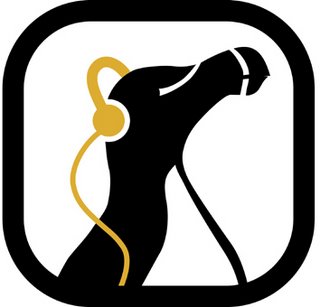 Lisa Moore Discusses Empathy in Fiction with Four Other Prominent Canadian Novelists
Lisa Moore Discusses Empathy in Fiction with Four Other Prominent Canadian Novelists from bookninja.com
LISA: Virginia Woolf has said: “Life is not a series of gig-lamps symmetrically arranged; life is a luminous halo, a semi-transparent envelope surrounding us from the beginning to the end.”
How to create empathy for a character? That is certainly what I want when I write, and what I want when I read. Here are the characters with staying power that instantly leap to mind: Anna Karenina, Jay Gatsby, Hans Schnier in Henrich Boll’s The Clown, Madame Olenska in Edith Wharton’s The Age of Innocence, Duddy Kravitz, Richard Ford’s Frank Bascomb, Humbert Humbert, Hans Castorp, Suttree, Olanna in Chimamanda Ngozi Adiche’s Half of A Yellow Sun, Mrs. Ramsay, Mrs. Dalloway, Mrs. Dalloway, Mrs. Dalloway — and they come to me in a sort of emotional shorthand.
I see Heinrich Boll’s clown in face paint on a dark stage, in a spotlight, performing with an oversized ring of keys. The keys are made of ice and they are melting in his hand as he tries to open an invisible door. This is an image of such torpid impotence and grim humour, that I knew, as soon as I read it more than twenty years ago, I would never forget it. Mrs. Ramsey, during the evening meal in To The Lighthouse, silently commanding Lily Briscoe to rescue a socially maladjusted young man. Lily Briscoe moving the salt shaker. Frank Bascomb’s son getting hit in the face by a baseball, down for the count — these brief gestures, these tiny moments, are as real to me as any brief moment in my own life: watching my son swim under the waterfall in Northern Bay, watching him emerge with his hair glossy and plastered down, his eyelashes spiky, his gaping, open-mouthed ecstasy, or: the thick chain that chokes my neighbor’s Rottweiller, slithering crazily through the dirt, the slathering 150-pound beast yanked by the neck, mid-air, and slammed back into the ground a yard from my feet.
These moments are the gig-lamps Virginia Woolf mentions and though they can dredge up the character from memory, whole and complete, they are not the full story. Nor would a series of such images or moments inspire empathy. Character is more than a lifetime of actions and repercussions and the hopping dance that stamps out those grass fires.
Character is desire. All those memorable characters want something. And whatever it is they want, a dinner party to go smoothly, a wife who has run off, a piece of land, to escape civil war, or death, to be desired themselves, a bowl of rabbit stew — whatever they want, they want it badly. No matter how big or small, they want it with all their might. And that desire is luminous and has made them alive and indelible. It doesn’t matter if we like them or not; or whether they are worthy of what they want. What matters is if we are caught up in the sweeping spotlight of that desire. We need to know if the desire will be consummated, or thwarted, and we will turn the page and remember them. Suddenly, in the midst of writing this, I have become aware that I might sound like I think I know what I’m talking about. I’ll be honest: I do not know what I am talking about.
I think character is extremely mysterious, and the difference between wooden puppets and blushing, trembling flesh might be a hair’s breadth or the Grand Canyon. It is alchemy, it is playing God, it’s magic, ungovernable, cantankerous, and fragile, a hard thing to pull off, impossible etc. I believe it has something to do with letting the reader create as much of the character as possible. I see Jay Gatsby standing apart from the party looking over the ocean, his hands in the pockets of a white linen suit. I don’t know for sure if Fitzgerald wrote a white linen suit with pockets. I could comb the pages and try to find one, but one exists for me whether he wrote it or not. This makes Gatsby a living being, he is capable of changing his clothes outside of the book. Is that craving to know — will this character get what he wants — a form of empathy? I think it might be.
To read the rest of this discussion, please click here.
*************
The unabridged audio edition of Open by Lisa Moore, narrated by Lisa Moore, Holly Hogan and Mary Lewis is available from rattlingbooks.com.
